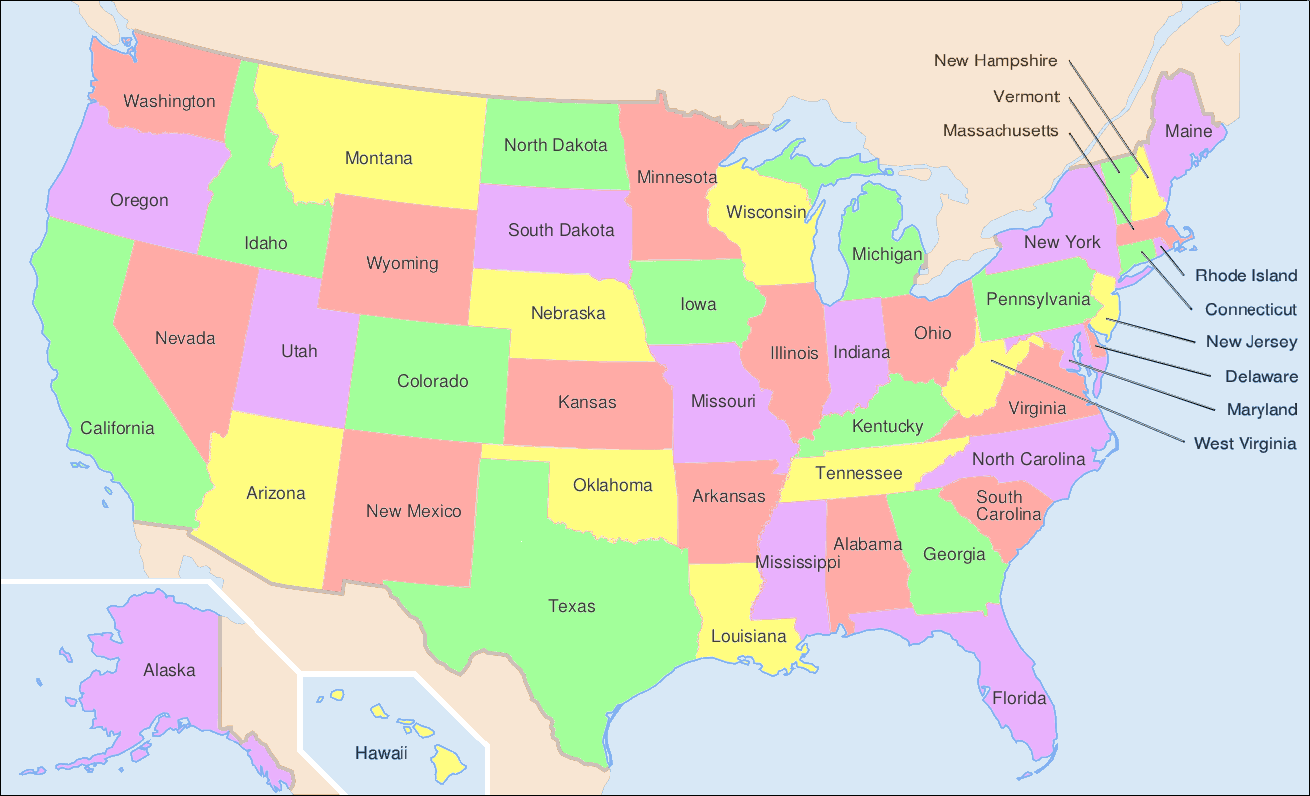As of November 2018, the domain of quantum computing stands at a pivotal juncture, akin to a ship teetering on the edge of an expansive ocean, unsure whether to set sail into uncharted waters or to remain anchored in the familiar harbor of classical computation. This metaphor encapsulates the tantalizing potential and concomitant uncertainties that define the current landscape of quantum technology. Through a meticulous examination of the recent advancements, challenges, and implications, we can elucidate the state of quantum computing during this era.
The realm of quantum computing is characterized by its departure from the classical paradigms, where bits serve as the fundamental units of information. This new frontier relies on qubits—quantum bits that leverage the principles of superposition and entanglement. In superposition, a qubit can exist in multiple states simultaneously, akin to a coin spinning in the air, embracing both heads and tails until it lands. This property enables quantum computers to process information in a vastly parallel manner, enhancing their computational capabilities beyond classical limits.
By November 2018, significant strides had been achieved in the development of quantum processors. Major stakeholders in the tech industry, such as IBM, Google, and Rigetti Computing, were racing to construct increasingly robust quantum systems. IBM’s Quantum Experience platform set the pace by granting researchers and developers access to their quantum processors via cloud services. This communal model spurred innovation, facilitating the exploration of quantum algorithms and programming. Simultaneously, Google’s ambitious project, known as the Quantum AI Lab, aimed to expedite advancements in both hardware and software, seeking the elusive “quantum supremacy,” where quantum systems would perform tasks unfeasible for classical computers.
Furthermore, research initiatives burgeoned in academic institutions and private laboratories worldwide. The establishment of quantum information science as a formal discipline was emblematic of the seriousness with which the scientific community regarded this technology. Universities began to formulate specialized programs, cultivating the next generation of researchers equipped to tackle the profound complexities associated with quantum algorithms and error correction. Noteworthy is the progress in quantum error correction codes, which are vital to safeguarding quantum information from the noisy realities of quantum environments. Such advancements instill confidence in the longevity and practicality of quantum computing systems.
However, challenges loom ominously on the horizon. The phenomenon known as decoherence represents a formidable adversary, threatening to collapse the delicate quantum states before meaningful computations can occur. In practical terms, maintaining qubit coherence is akin to managing a tenuous flame in an unrelenting wind. Various approaches have been proposed to mitigate decoherence, including cryogenic techniques and topological qubits, which promise enhanced stability. Yet, the quest for scalable, fault-tolerant systems remains fraught with technical hurdles. The amalgamation of these challenges means that, while the potential of quantum computing is remarkable, the path to practical applications is labyrinthine.
As we dissect the commercial ramifications of quantum computing, a fascinating tableau emerges. Industries from pharmaceuticals to finance are poised to be revolutionized by quantum advancements. Quantum algorithms hold the promise of optimizing complex systems, enabling faster drug discovery processes, advancing materials science, and transforming predictive modeling in finance. Furthermore, combinatorial optimization problems, which bedevil businesses across various sectors, could yield resolutions far quicker than current classical methods permit. In essence, a quantum renaissance beckons, poised to disrupt entrenched norms.
Moreover, the geopolitical implications of quantum computing cannot be overstated. Nations are rapidly recognizing the strategic value inherent in quantum technologies. The race to achieve quantum supremacy has catalyzed investments from governmental bodies seeking to secure technological leadership. Countries such as China have launched extensive national strategies aimed at developing comprehensive quantum ecosystems. This global momentum catalyzes an exhilarating yet precarious competitive landscape, as entities vie to harness the unparalleled capabilities of quantum computing.
Public perception and understanding of quantum computing remain a critical dimension to consider. The esoteric nature of quantum mechanics often alienates broader audiences, necessitating a concerted effort to demystify the subject. Science communication plays a pivotal role in dispelling misconceptions and fostering enthusiasm around quantum technologies. It is imperative for academia, industry, and media outlets to collaborate in elucidating the profound implications of quantum advancements for society at large.
With November 2018 as a reference point, the state of quantum computing can be encapsulated as one of exhilarating potential tempered by formidable challenges. Pioneering research and development initiatives are propelling the field forward, buoyed by burgeoning interest from a diverse array of industries. The path ahead burgeons with opportunities yet remains riddled with complexities that require concerted efforts to surmount. As the quantum landscape evolves, it will undoubtedly continue to spark intellectual curiosity, provoke critical inquiry, and inspire innovation across multidisciplinary frontiers. The voyage into the quantum domain has only just commenced—an odyssey of discovery that promises to reshape our technological paradigm in ways yet unconceived.












